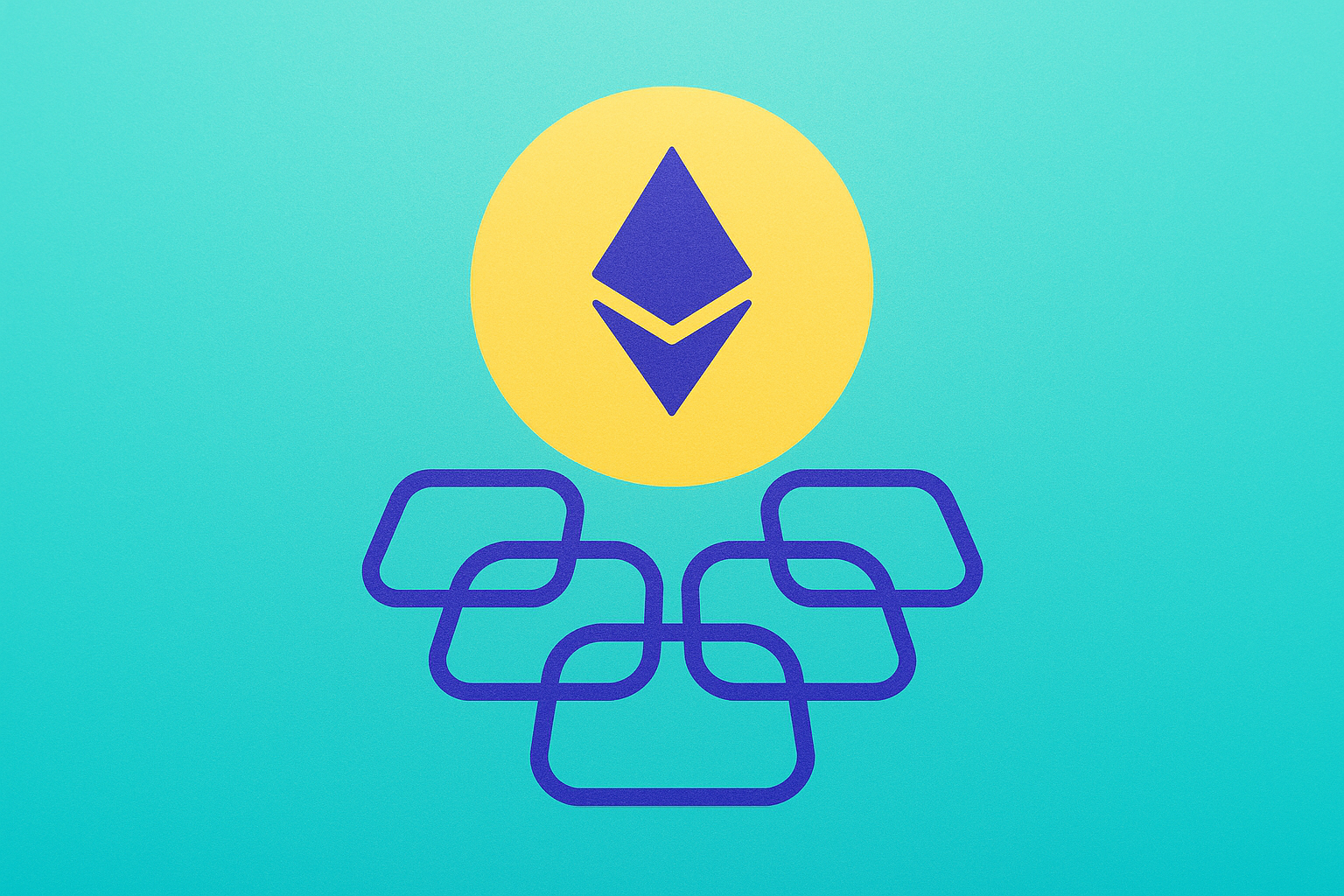RARI ve XTZ: NFT ile Akıllı Sözleşme platformlarında yatırım potansiyeli ve ekosistem gelişiminin karşılaştırılması


Giriş: RARI ve XTZ Yatırımlarının Karşılaştırılması
Kripto para piyasasında Rarible (RARI) ile Tezos (XTZ) karşılaştırması, yatırımcıların göz ardı edemeyeceği bir gündem olmuştur. Bu iki kripto varlık, hem piyasa değeri sıralaması, kullanım alanları ve fiyat performansı açısından belirgin farklılıklar sergiler hem de kripto varlık ekosisteminde ayrı konumları temsil eder. Rarible (RARI): 2020 yılında piyasaya çıkışından bu yana NFT pazar yeri altyapısındaki rolüyle piyasanın dikkatini çekmiştir. Tezos (XTZ): 2017’de başlatılan proje, kendini güncelleyebilen blokzincir teknolojisiyle öne çıkmakta; küresel işlem hacmi ve piyasa değeri bakımından önemli bir yere sahiptir. Bu makalede, RARI ve XTZ’nin yatırım değerleri geçmiş fiyat trendleri, arz yapıları, kurumsal benimsenme, teknik ekosistem ve gelecek öngörüleri açısından kapsamlı biçimde analiz edilecektir. Yatırımcıların en çok merak ettiği şu soruya yanıt aranacaktır:
"Şu anda hangisi daha cazip bir alım fırsatı?" I. Fiyat Geçmişi Karşılaştırması ve Güncel Piyasa Durumu
RARI (Coin A) ve XTZ (Coin B) Tarihsel Fiyat Eğilimleri
- 2021: RARI, NFT piyasasının yükselişiyle birlikte tüm zamanların en yüksek seviyesi olan 46,7 dolara ulaştı.
- 2021: XTZ, büyük platform güncellemeleriyle tüm zamanların zirvesi olan 9,12 dolara erişti.
- Kıyaslama analizi: Son ayı piyasasında RARI 46,7 dolardan 0,264878 dolara, XTZ ise 9,12 dolardan 0,350476 dolara kadar geriledi.
Güncel Piyasa Durumu (07 Ekim 2025)
- RARI güncel fiyat: 0,8528 dolar
- XTZ güncel fiyat: 0,7167 dolar
- 24 saatlik işlem hacmi: RARI 24.254.745 dolar, XTZ 643.305 dolar
- Piyasa Duyarlılık Endeksi (Korku & Açgözlülük): 71 (Açgözlülük)
Anlık fiyatları görmek için tıklayın:
- RARI güncel fiyatı Piyasa Fiyatı
- XTZ güncel fiyatı Piyasa Fiyatı
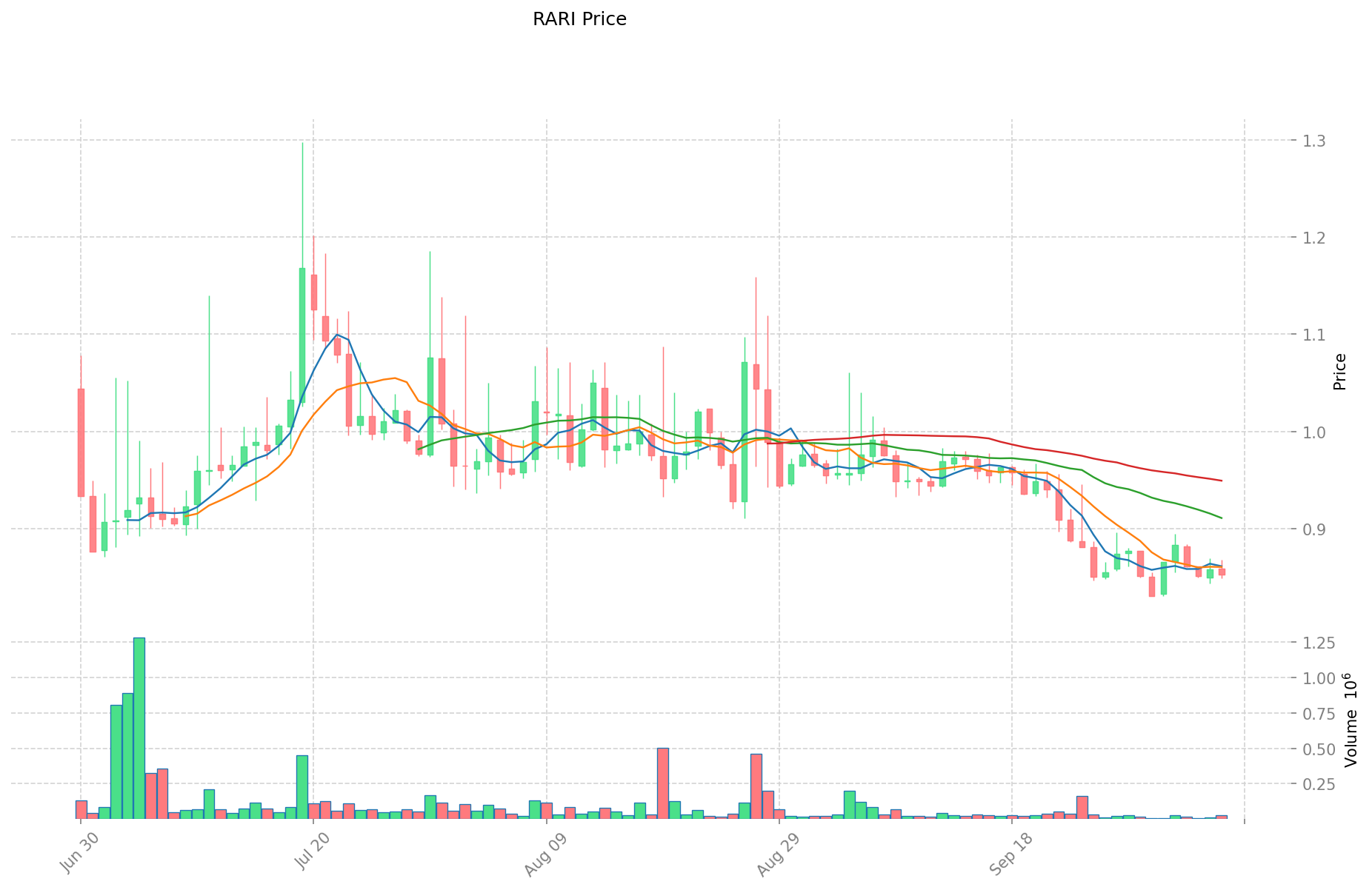
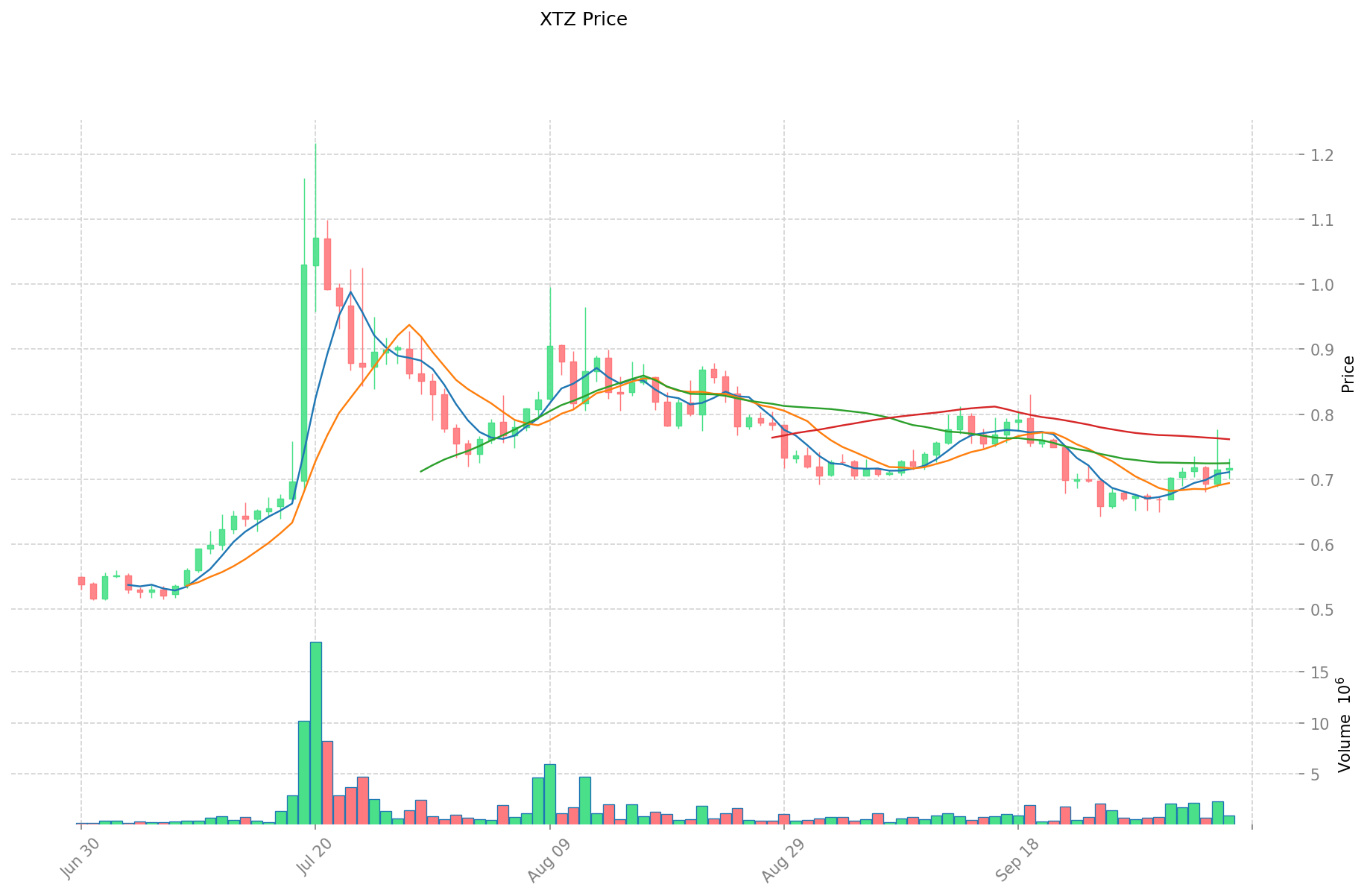
II. RARI ve XTZ Yatırım Değerini Etkileyen Temel Faktörler
Piyasa Tanınırlığı ve Teknik Altyapı
- RARI: NFT pazar yeri odaklı benzersiz konumlandırması için kullanıcı ve geliştirici desteğine ihtiyaç duyar
- XTZ: Aktif Tezos topluluğunun varlığı ve sürekli teknik inovasyonlardan yararlanır
- 📌 Tarihsel eğilim: Güçlü topluluk ve sağlam teknik altyapıya sahip projeler, piyasa dalgalanmalarında daha dayanıklı olma eğilimi gösterir
Piyasa Duyarlılığı ve Fiyat Dinamikleri
- Yatırımcı psikolojisi, hem RARI hem XTZ fiyat hareketlerinde belirleyici rol oynar
- Makroekonomik gelişmeler, iki tokenin değerini farklı biçimde etkiler
- Regülasyon politikaları ve teknolojik yenilikler fiyat oynaklığını artırır
Teknik Gelişim ve Ekosistem Oluşturma
- RARI: NFT pazar yeri işlevselliği ve geliştirilmesine odaklanır
- XTZ: Tezos blokzincirinin akıllı kontrat yeteneklerini öne çıkarır
- Ekosistem kıyaslaması: İki token, kripto para ekosisteminde farklı alanlara hizmet eder
Risk Değerlendirme Kriterleri
- Büyük projelerden gelen rekabet, her iki token için de risk oluşturur
- Token değer yakalama mekanizmaları aralarında farklılık gösterir
- Akıllı kontrat riskleri ve sürdürülebilir rekabet avantajı mutlaka gözden geçirilmelidir
III. 2025-2030 Fiyat Tahmini: RARI ve XTZ
Kısa Vadeli Tahmin (2025)
- RARI: Temkinli 0,68224 - 0,8528 dolar | İyimser 0,8528 - 0,946608 dolar
- XTZ: Temkinli 0,458944 - 0,7171 dolar | İyimser 0,7171 - 0,795981 dolar
Orta Vadeli Tahmin (2027)
- RARI, büyüme evresine girebilir; tahmini fiyat aralığı 0,55331796 - 1,097413954 dolar
- XTZ, yükseliş piyasasına geçebilir; tahmini fiyat aralığı 0,441781824975 - 1,221396810225 dolar
- Temel etkenler: Kurumsal sermaye akışı, ETF, ekosistem gelişimi
Uzun Vadeli Tahmin (2030)
- RARI: Temel senaryo 0,841553541356814 - 1,2750811232679 dolar | İyimser senaryo 1,2750811232679 - 1,734110327644344 dolar
- XTZ: Temel senaryo 0,981305939433442 - 1,27442329796551 dolar | İyimser senaryo 1,27442329796551 - 1,452842559680681 dolar
Yasal Uyarı: Bu tahminler yalnızca bilgi amaçlıdır, yatırım tavsiyesi değildir. Kripto para piyasası son derece oynak ve öngörülemezdir. Yatırım kararlarınızı mutlaka kendi araştırmanız doğrultusunda veriniz.
RARI:
| Yıl | Tahmini En Yüksek | Tahmini Ortalama | Tahmini En Düşük | Artış Oranı |
|---|---|---|---|---|
| 2025 | 0,946608 | 0,8528 | 0,68224 | 0 |
| 2026 | 0,9446892 | 0,899704 | 0,52182832 | 5 |
| 2027 | 1,097413954 | 0,9221966 | 0,55331796 | 8 |
| 2028 | 1,08049164639 | 1,009805277 | 0,71696174667 | 18 |
| 2029 | 1,5050137848408 | 1,045148461695 | 0,9615365847594 | 22 |
| 2030 | 1,734110327644344 | 1,2750811232679 | 0,841553541356814 | 49 |
XTZ:
| Yıl | Tahmini En Yüksek | Tahmini Ortalama | Tahmini En Düşük | Artış Oranı |
|---|---|---|---|---|
| 2025 | 0,795981 | 0,7171 | 0,458944 | 0 |
| 2026 | 0,975937245 | 0,7565405 | 0,431228085 | 5 |
| 2027 | 1,221396810225 | 0,8662388725 | 0,441781824975 | 20 |
| 2028 | 1,283895944875875 | 1,0438178413625 | 0,720234310540125 | 45 |
| 2029 | 1,384989702811833 | 1,163856893119187 | 0,919446945564158 | 62 |
| 2030 | 1,452842559680681 | 1,27442329796551 | 0,981305939433442 | 77 |
IV. Yatırım Stratejisi Karşılaştırması: RARI ve XTZ
Uzun Vadeli ve Kısa Vadeli Yatırım Stratejileri
- RARI: NFT pazar potansiyeli ve ekosistem büyümesi odaklı yatırımcılar için ideal
- XTZ: Blokzincir istikrarı ve akıllı kontrat kabiliyeti arayanlar için uygun
Risk Yönetimi ve Varlık Dağılımı
- Temkinli yatırımcılar: RARI %30, XTZ %70
- Agresif yatırımcılar: RARI %60, XTZ %40
- Koruma araçları: Stablecoin tahsisi, opsiyonlar, çapraz para portföyleri
V. Potansiyel Risk Karşılaştırması
Piyasa Riski
- RARI: NFT piyasası ve genel kripto piyasa duygusuna yüksek derecede duyarlı
- XTZ: Kripto para piyasasındaki dalgalanmalara ve rakip akıllı kontrat platformlarına karşı savunmasız
Teknik Risk
- RARI: Ölçeklenebilirlik ve ağ istikrarı sorunları
- XTZ: Hesaplama gücü yoğunlaşması ve güvenlik açıkları riski
Regülasyon Riski
- Küresel düzenlemeler iki tokeni farklı şekilde etkileyebilir; NFT piyasalarına yönelik daha sıkı denetimler özellikle RARI üzerinde baskı oluşturabilir
VI. Sonuç: Hangi Token Daha Avantajlı?
📌 Yatırım Değeri Özeti:
- RARI avantajları: NFT pazar yerinde güçlü konum, NFT sektörünün büyümesiyle artan potansiyel
- XTZ avantajları: Yerleşik blokzincir platformu, akıllı kontrat işlevselliği ve aktif topluluk
✅ Yatırım Tavsiyesi:
- Yeni yatırımcılar: Daha yerleşik ekosistemi nedeniyle XTZ ağırlıklı dengeli portföyü değerlendirin
- Deneyimli yatırımcılar: Her iki projede fırsat arayın, NFT büyüme potansiyeli için RARI’ye daha fazla ağırlık verin
- Kurumsal yatırımcılar: Portföy ihtiyaçlarına göre XTZ ile blokzincir, RARI ile NFT sektörü maruziyeti sağlayın
⚠️ Risk Uyarısı: Kripto para piyasası yüksek derecede oynaktır, bu içerik yatırım tavsiyesi değildir. None
VII. Sıkça Sorulan Sorular
S1: RARI ile XTZ arasındaki temel farklar nelerdir? C: RARI, NFT pazarına odaklanırken XTZ, akıllı kontrat özellikli ve çok yönlü blokzincir platformudur. RARI’nin değeri NFT piyasası trendlerine bağlıdır, XTZ ise daha geniş merkeziyetsiz uygulama ekosistemi sunar.
S2: Geçmişte hangi coin daha istikrarlı fiyat performansı göstermiştir? C: XTZ (Tezos), RARI’ye kıyasla genellikle daha istikrarlı fiyat performansı sergilemiştir. Son ayı piyasasında RARI, zirve değerinden XTZ’ye göre daha büyük bir düşüş yaşamıştır.
S3: RARI ve XTZ’nin piyasa değerleri nasıl kıyaslanır? C: XTZ genellikle RARI’ye göre daha yüksek piyasa değerine sahiptir. Güncel verilere göre XTZ’nin 24 saatlik işlem hacmi (643.305 dolar), RARI’nin işlem hacminden (24.254.745 dolar) daha yüksektir.
S4: Yatırımcılar RARI ve XTZ arasında seçim yaparken hangi unsurları dikkate almalı? C: Yatırımcılar kendi risk profillerini, yatırım sürelerini ve ilgi alanlarını göz önünde bulundurmalı; NFT piyasası odaklılar için RARI, daha yerleşik blokzincir ve geniş ekosistem arayanlar için XTZ daha uygundur.
S5: RARI ve XTZ için uzun vadeli fiyat tahminleri nasıl karşılaştırılır? C: 2030 tahminlerine göre XTZ’nin potansiyel fiyat aralığı (0,981305939433442 - 1,452842559680681 dolar), RARI’ye (0,841553541356814 - 1,734110327644344 dolar) göre daha yüksek. Ancak, iyimser senaryoda RARI daha yüksek getiri potansiyeli sunar.
S6: RARI ve XTZ yatırımlarında temel riskler nelerdir? C: Her iki coin de kripto piyasa oynaklığından etkilenir. RARI, NFT piyasası trendlerine karşı daha hassas; XTZ ise rakip akıllı kontrat platformlarıyla rekabet ve teknik risklerle karşı karşıya. Her ikisi de regülasyon risklerine maruz kalır; NFT’ye özel düzenlemeler RARI için daha fazla risk oluşturabilir.

Aura Network (AURA) iyi bir yatırım mı?: Bu gelişmekte olan blockchain platformunun potansiyeli ve risklerinin analizi

RARI ve QNT: Blokzincir sektöründe öne çıkan iki umut vaat eden varlığın karşılaştırmalı analizi

Magic Eden (ME) iyi bir yatırım mı?: NFT pazar yerinin potansiyeli ve risklerinin incelenmesi

PALM ve DOT: Doğal Dil İşleme Alanında Yapay Zeka Dil Modellerinin Geleceğine Bakış

LOOKS vs FIL: Modern tasarımda estetik ve işlevselliğin karşı karşıya gelişi

K21 (K21) iyi bir yatırım mı?: Bu Yükselen Kriptoparanın Potansiyeli ve Riskleri Üzerine Bir Analiz

Güvenli Kripto Alım Satımı İçin Önde Gelen Platformlar
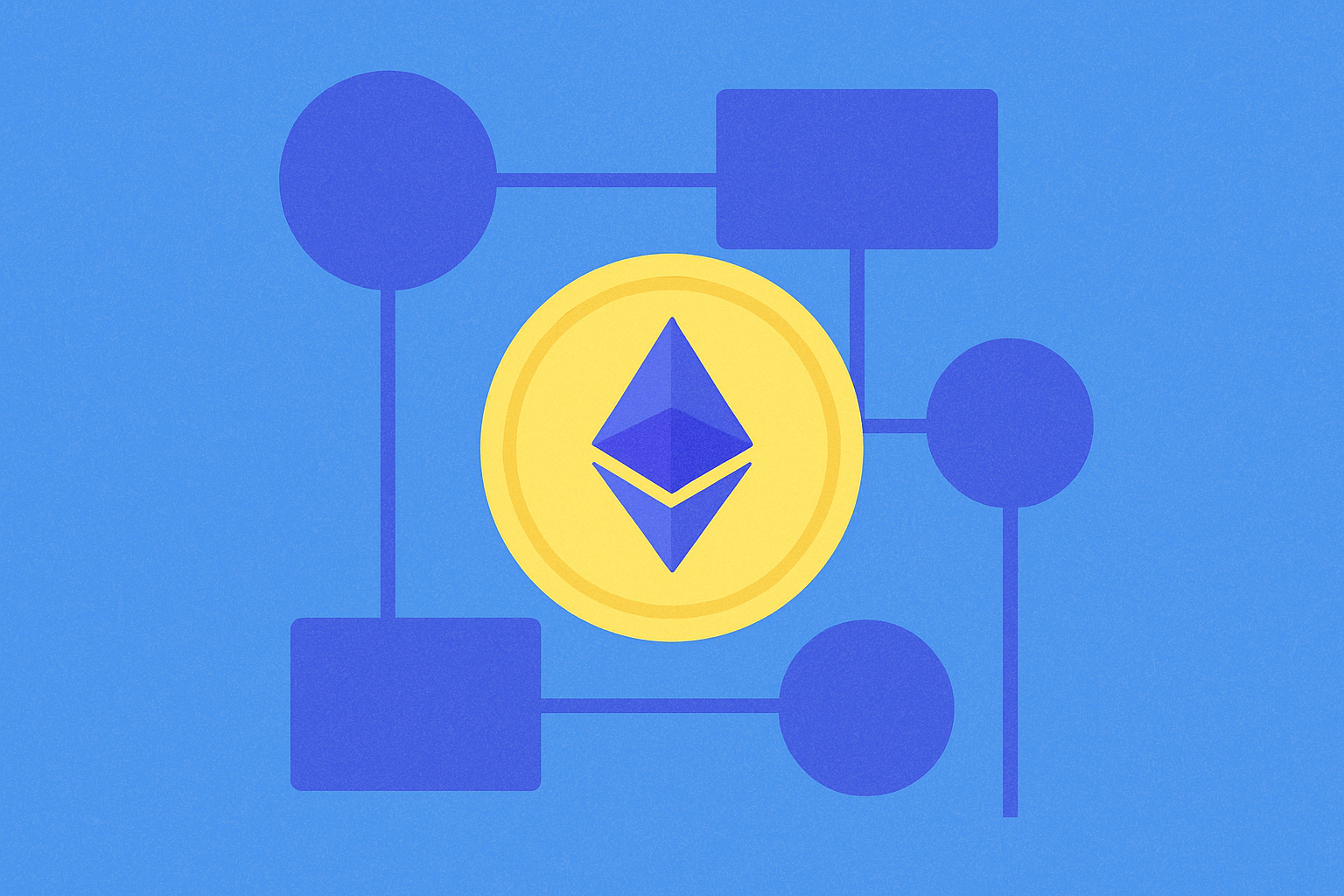
Farcaster’ı Keşfetmek: Kripto Meraklıları için Merkeziyetsiz Bir Sosyal Protokol
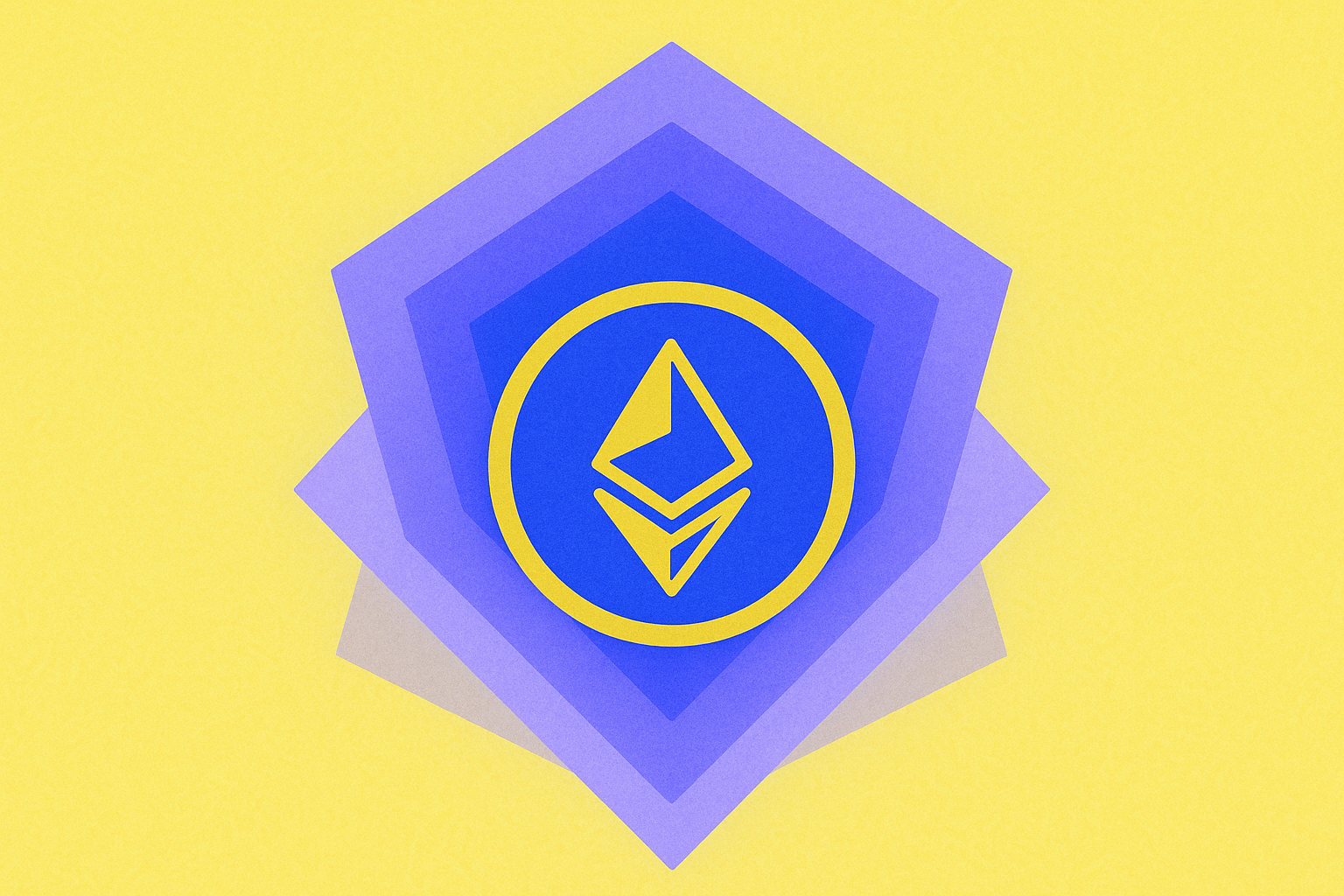
Ethereum 2.0'nın Lansmanını Beklemek
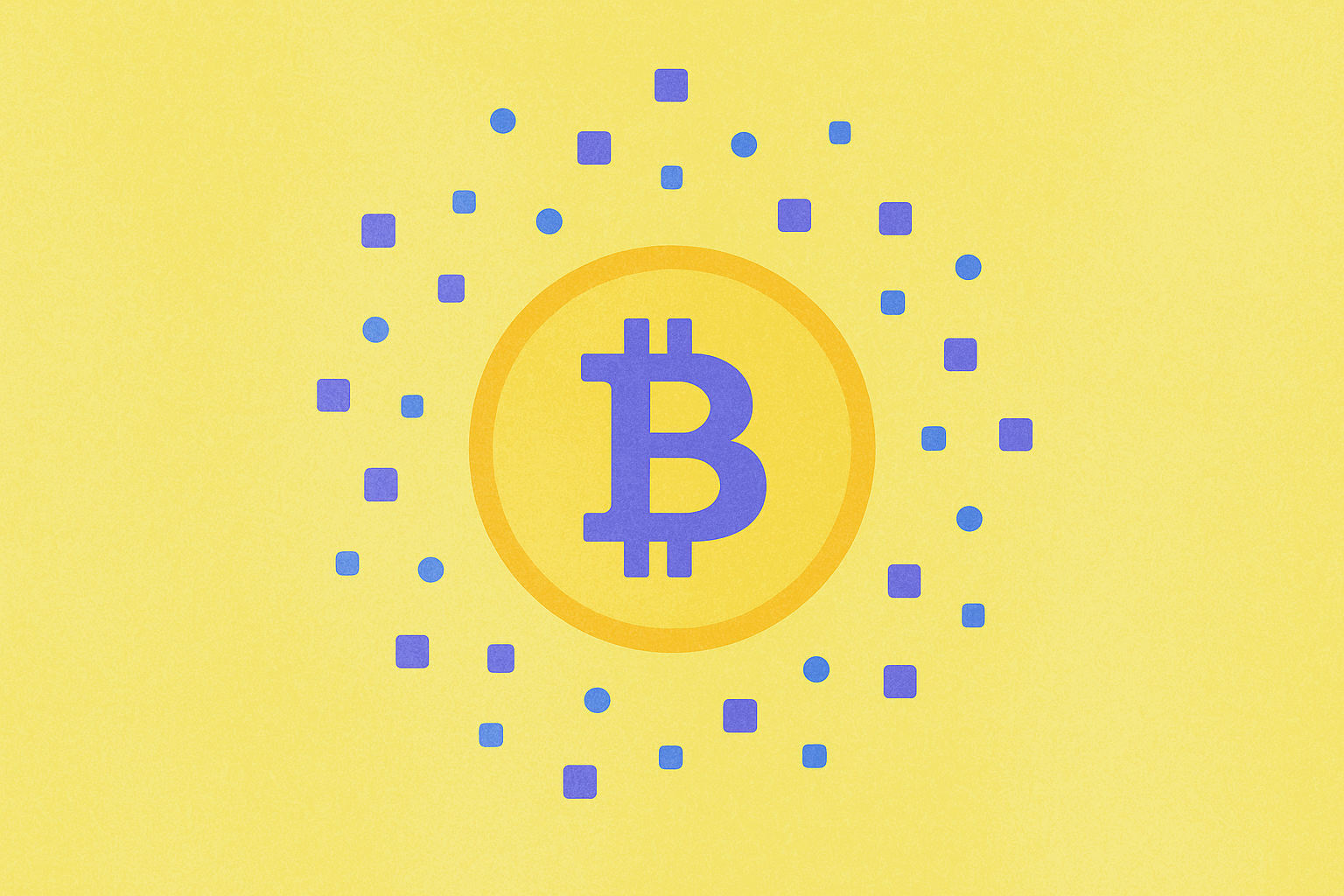
Bitcoin Ordinals Hakkında Her Şey: Bitcoin’de NFT’ler İçin Kapsamlı Kaynağınız
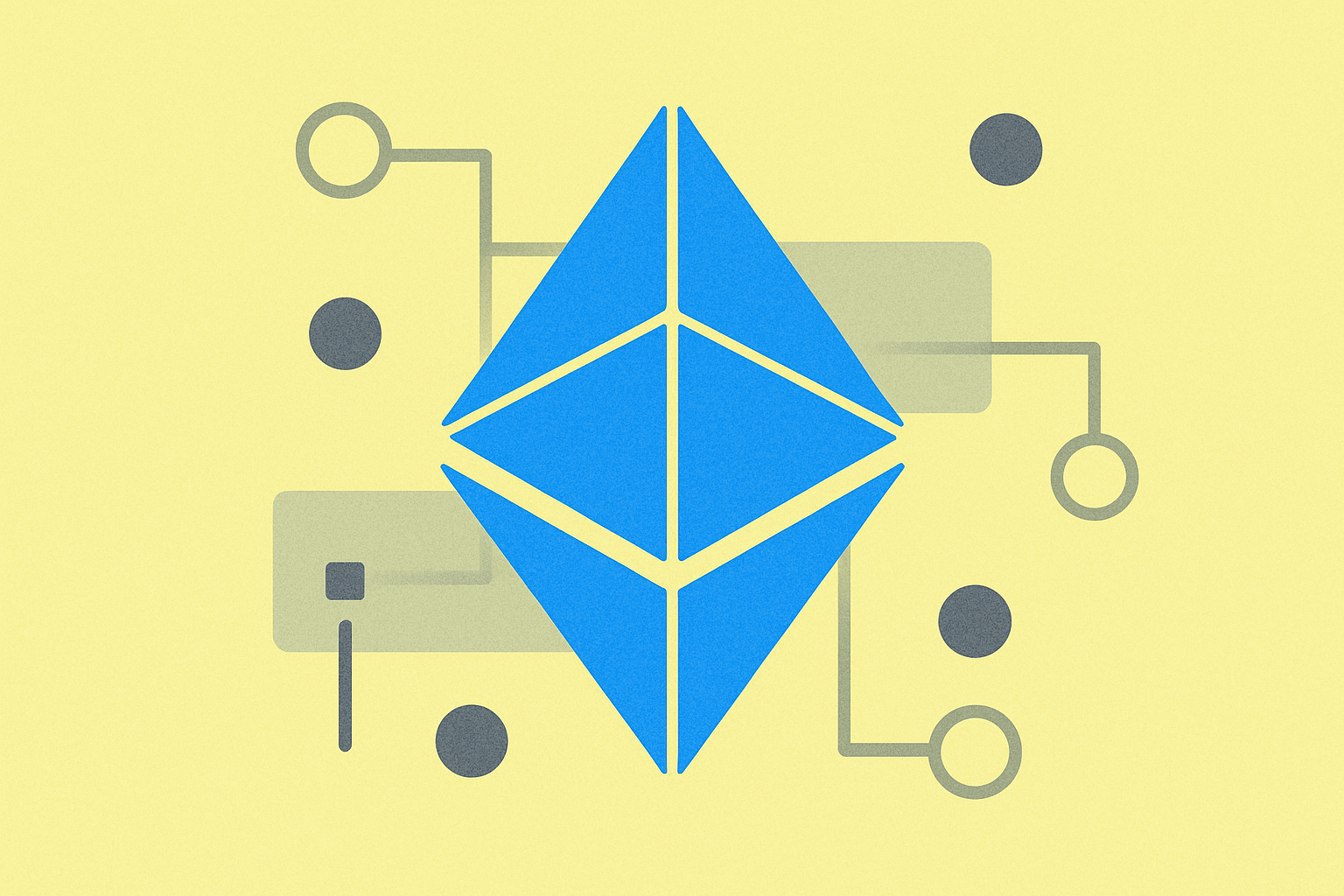
EVM Zincirinin Anlaşılması: İşlevselliği ve Mekanikleri Açıklaması
